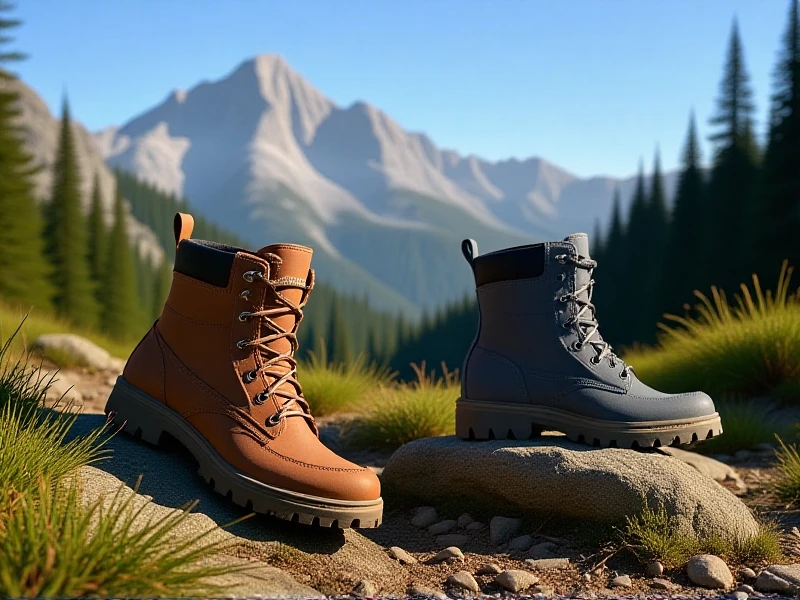
Finding Your Summit: The Ultimate Guide to Mountaineering Boots
Here is the SEO article focusing on "Mountaineering Boots":
Reaching breathtaking mountain peaks demands respect for the terrain and the right gear – starting from the ground up. Mountaineering boots aren't just footwear; they're critical safety equipment connecting you to the mountain and keeping you stable, warm, and protected. Choosing the perfect pair is essential for any serious alpine adventure, whether tackling rock scrambles, enduring frigid glaciers, or navigating steep snowfields.
Not all boots are created equal. Mountaineering boots are purpose-built for the intense demands of climbing. They vastly differ from standard hiking boots in several crucial ways:
- Stiffness: Rigid soles provide stability on uneven rock, snow, and ice, ensuring firm footing where flexible soles would crumple. This rigidity allows efficient transfer of power through crampons.
- Support: High-cut uppers and robust construction offer exceptional ankle support on hazardous terrain, reducing injury risk during slips or traverses.
- Insulation: Models designed for high altitude or winter conditions feature substantial insulation (rated by temperature) to combat extreme cold.
- Durability: Built with tough materials like full-grain leather, synthetic overlays, and abrasion-resistant midsoles to withstand sharp rock, scree, and heavy pack loads.
- Crampon Compatibility: Mountaineering boots feature stiff welts (either "B1," "B2," or "B3") designed specifically to securely attach technical crampons, a non-negotiable requirement for glacier travel or icy slopes.
Key Considerations When Choosing Mountaineering Boots:
- Your Objective: Match the boot to your most frequent terrain.
- Light Mountaineering/Scrambling (B1): Softer flexibility, lighter weight; suitable for less technical climbing or approaches where crampons might be needed briefly.
- General Alpine Mountaineering/Glacier Travel (B2): Excellent stiff support; the most versatile choice for most mountaineering involving significant snow, ice, and crampon use.
- Technical Ice & Extreme Alpine (B3): Maximum stiffness, warmth, and support; ideal for sustained ice climbing or expeditions in the coldest regions. Heaviest.
- Fit & Break-in: Professional fitting is essential. Your feet swell during long days; factor this in. Mountaineering boots often require a significant break-in period before tackling big objectives. Prioritize precise heel lock-down and minimal toe impact.
- Warmth: Consider the coldest temperatures you'll face. Insulation levels (e.g., 200g, 400g Primaloft) directly correlate to warmth but add bulk and weight.
- Materials:
- Leather: Durable, naturally water-resistant, great for mixed conditions. Can be heavier and require more maintenance.
- Synthetics: Often lighter, quicker-drying, but potentially less breathable. Overlays are crucial for reinforced protection.
- Weight: Heavier boots offer more protection and stiffness but increase fatigue. Lighter boots increase agility but may compromise on support/warmth for the toughest objectives.
Investing in the right mountaineering boots pays dividends in safety, comfort, and performance. Visit specialty mountaineering shops where knowledgeable staff can guide you through critical differences and ensure an impeccable fit. Remember to properly maintain your boots – clean after trips and reapply waterproofing as needed – to protect this vital investment in your mountain endeavors. Lace up smartly and ascend with confidence.